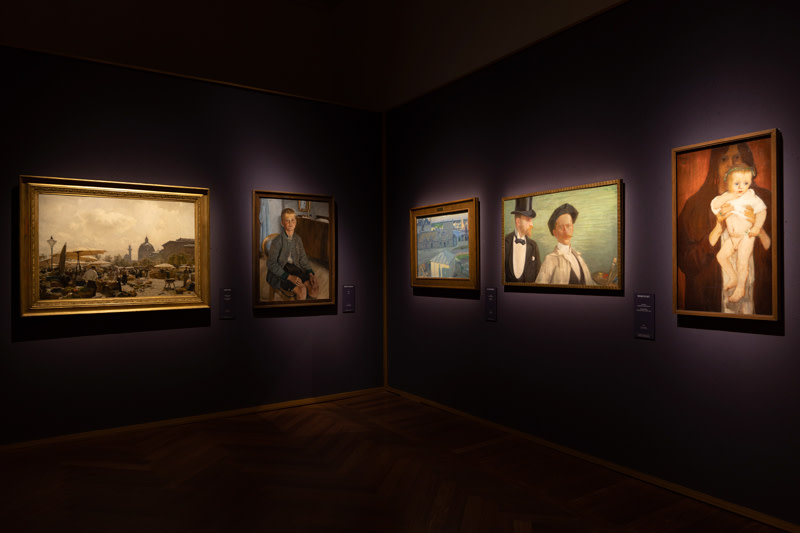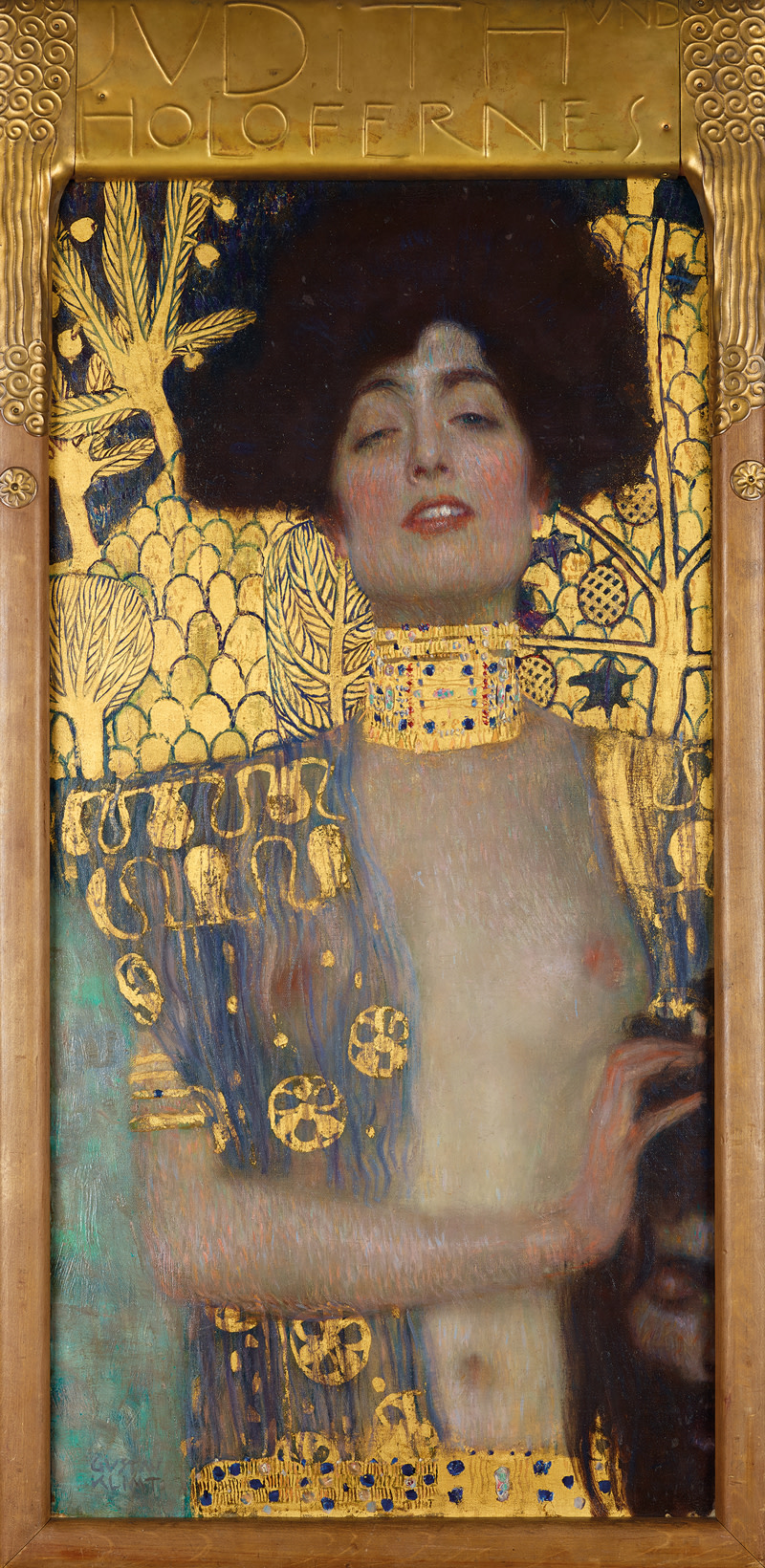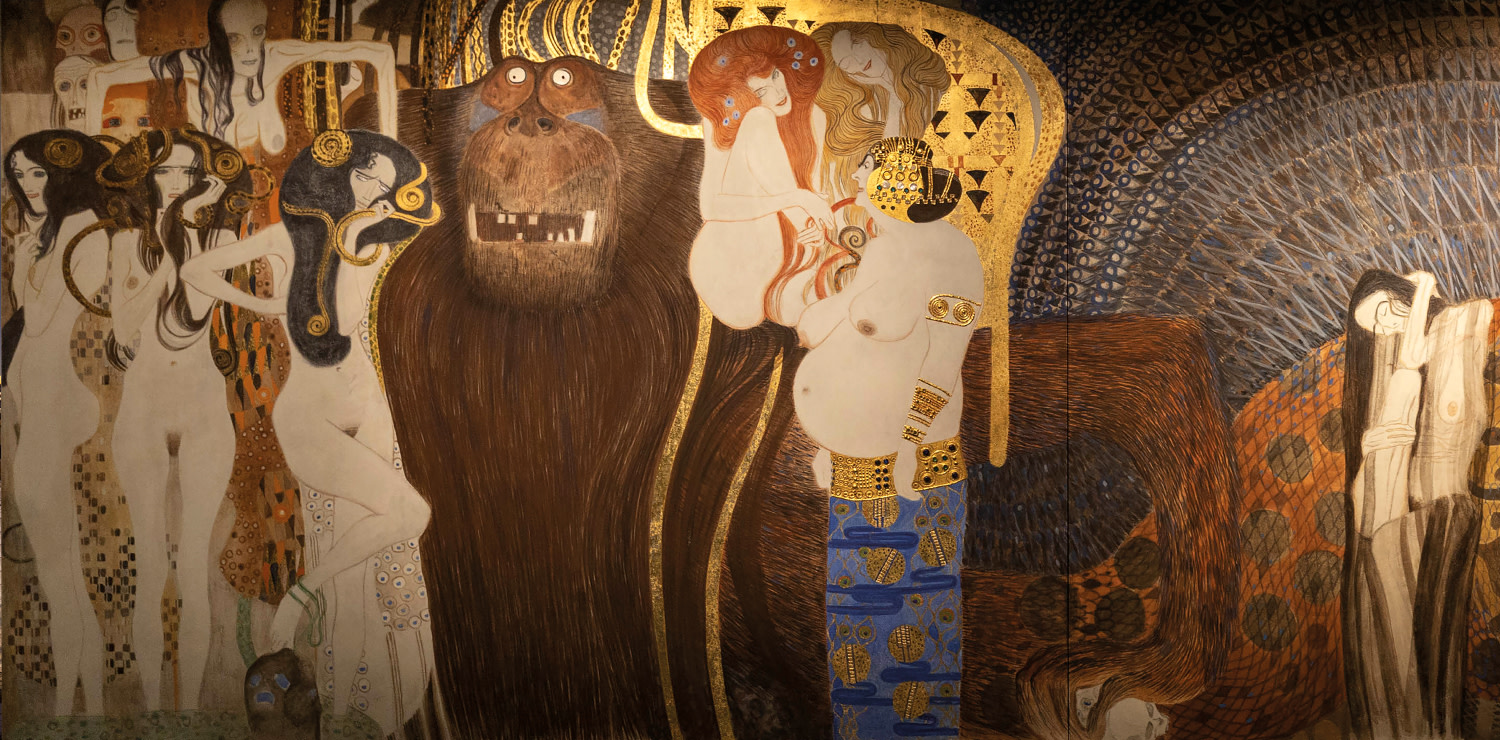Klimt and Italy
An exhibition at Palazzo Braschi celebrates the Austrian painter’s links with our country
Until 27 March 2022, the Museo di Roma at Palazzo Braschi presents an exhibition that pays homage to the ties between Gustav Klimt and Italy - Rome in particular - during his lifetime.
 Klimt, exhibition at Braschi Palace
Klimt, exhibition at Braschi Palace Bearing witness to the passion that bound the artist to our country are the Austrian pavilion designed by Josef Hoffmann, one of the attractions of the international Exposition held in Rome in 1911, and two contributions by the painter to the Venice Biennale in 1899 and 1910. With Klimt. The Secession and Italy, the Austrian artist returns to Rome 110 years after the 1911 Expo. The exhibition covers Gustav Klimt’s entire artistic trajectory, underlining his role as co-founder of the Vienna Secession and, for the first time, explores his relationship with Italy. Klimt and the artists in his circle are represented by more than 200 works including paintings, drawings, period posters and sculptures, on exceptional loan from the Belvedere Museum in Vienna and the Klimt Foundation, the most important custodians of Klimt’s work, and from private and public collections such as Neue Galerie Graz.
The exhibition presents iconic Klimt works like the famous Judith I (1901), Lady in White (1917-18), The Women Friends (The Sisters) (1907) and Amalie Zuckerkandl (1917-18). It also features some exceptional loans such as The Bride (1917-18), granted for the first time by the Klimt Foundation, and Portrait of a Lady (1916-17), stolen from the Moderna Ricci Oddi gallery in Piacenza in 1997 and recovered in 2019. At Palazzo Braschi, Klimt’s works are contrasted with those of Italian artists such as Galileo Chini, Giovanni Prini, Enrico Lionne, Camillo Innocenti, Arturo Noci, Ercole Drei, Vittorio Zecchin and Felice Casorati who - recognising the innovative potential of Klimt’s artistic language - would bring their various approaches and sensibilities to the Ca’Pesaro exhibitions and the Roman secession. In chronological order, the exhibit traces Klimt’s life in 14 sections; of which the third, devoted to the Vienna Secession, is crucial. It explores a spin-off of the Vienna - Künstlerhaus cooperative of visual artists, an organisation which at the time enjoyed a monopoly on the Viennese exhibition scene. Along with twenty of his peers, Gustav Klimt founded the Secession Association of Austrian Artists on 3 April 1897 at the Künstlerhaus. On 24 May the same year, the Secessionists decided to leave the Künstlerhaus.
 Klimt, one of the exhibition's halls
Klimt, one of the exhibition's halls Universally acknowledged for his mastery in painting the female form, Klimt’s Portrait of a Lady is a focus of the exhibition.
Dated between 1916 and 1917, Portrait of a Lady belongs in the final phase of the the artist’s work. In 1996 Claudia Maga, an art student from Piacenza, noticed the highly unusual form of the work, which was then confirmed by analysis in the lab. On 22 February 1997, the Klimt work was stolen from Galleria Ricci Oddi in Piacenza by a method that was never ascertained by the investigations. Almost 23 years passed before the painting was recovered and, if anything, its reappearance was even more puzzling than its theft.
 Klimt, Judith
Klimt, JudithOn 10 December 2019, gardening work was being done along the outer wall of the museum. Here, in a small space behind an unlocked door, a plastic bag was found, containing a canvas: Klimt’s Portrait of a Lady.









